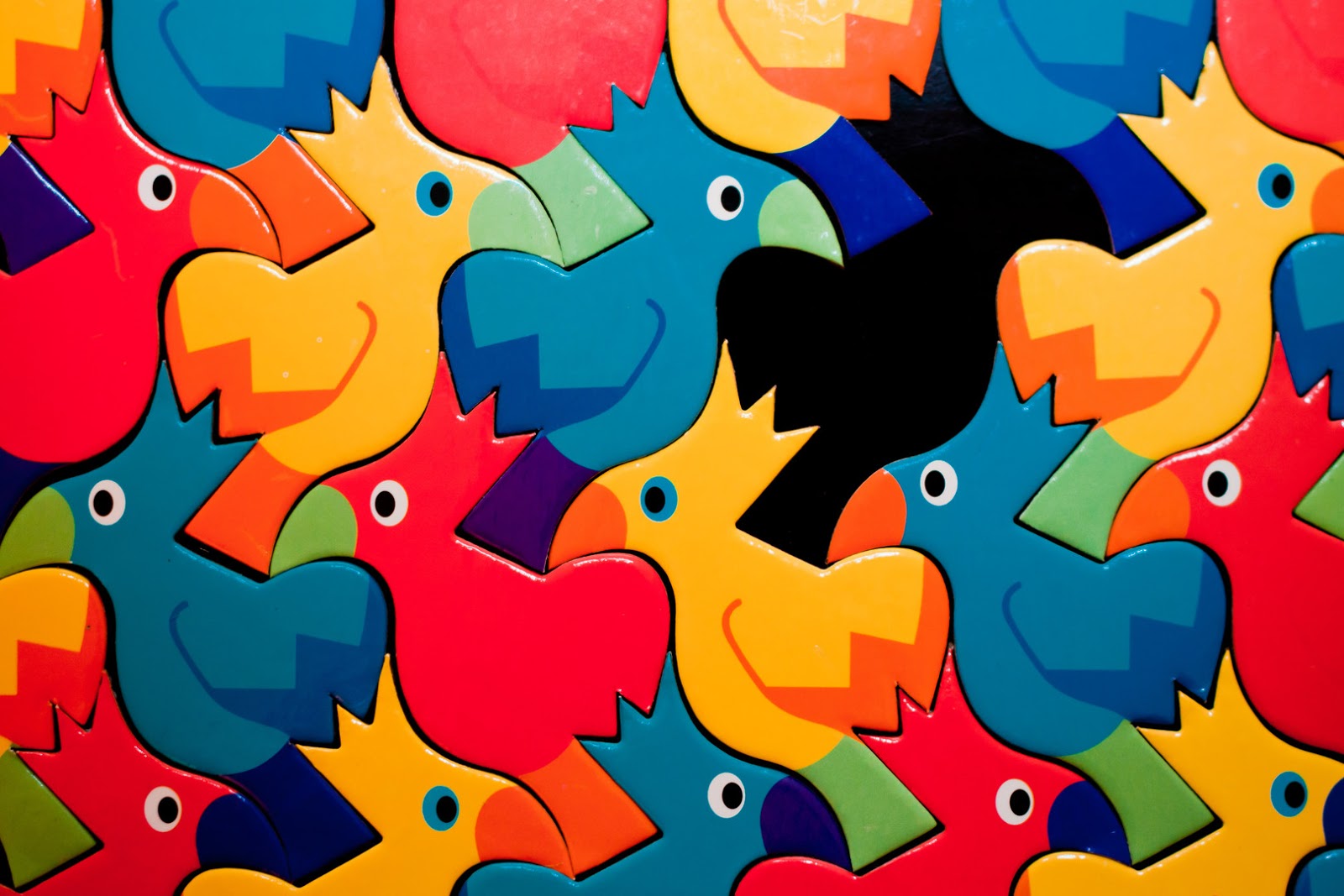
“He said, ‘I can never realize what I see in my dreams,’” Schattschneider said. And he wrote very beautifully, passionately even, about the perfection of geometric form.” Escher tessellations and his other artwork containing optical illusions. “In some of his later prints, he represents polyhedra, Möbius bands, knots, all these beautiful geometric forms. by artincontext Apin Art History W hen we think of the term tessellation art, for many of us the first images that come to mind are the M.C. He previously created images of idealized Dutch landscapes and city architecture. This led to a change in his artistic style, Schattschneider says. To protect his family from living in a fascist environment in Italy, Escher left Rome, ending up in the Netherlands. “He talked about, ‘Why can’t a ceiling be a floor?’” Schattschneider says.
#Video game tessellation art software
Getty Imagesĭouglas Dunham, Ph.D., an emeritus mathematics professor from the University of Minnesota Duluth, tells Popular Mechanics that he used software to create designs that were similar to Escher’s hyperbolic disk patterns.Įscher also experimented with strange perspectives, sometimes depicting buildings from unusual angles. A hyperbolic plane has what is known as negative curvature, which means that it is saddle-shaped. Hyperbolic planes exist in real life where surfaces are ruffly, Schattschneider says. “Inside the circle was a tessellation, if you wish, of triangles that started large in the center and then got smaller and smaller toward the edge.” Coxeter, a mathematics professor at the University of Toronto, Escher received an inspiring diagram in the mail, Schattschneider says. It’s rather an amazing story that he did this all on his own.” “The shapes of the motifs or the figures in them are his original imagination, but are completely constrained by the geometric rules that had to be obeyed in order for them to fit together properly. “He became very, very adept at producing these tilings or tessellations,” Schattschneider says.
no two adjacent tiles could have the same color. a minimum number of colors should be used and. every tile had to be surrounded by its copies in the same way. She described this process in the book M.C. He created around a dozen tessellations that included fish, birds, and butterflies.Įscher spent around four years creating a “layman’s theory” of how shapes could fit together in a tiled pattern that could occupy a whole plane, Schattschneider explains. In 1936, Escher took a second trip to the Alhambra and made color pictures of the tilings, Schattschneider says. It can also be rotated or reflected rotation involves moving around each point in a figure a certain number of degrees around a central point reflection involves flipping the pattern over across a fixed line. The mathematical rules for these repeating patterns say that a pattern can be shifted by moving it, which is called translation. “It’s rather an amazing story that he did this all on his own.” In fact, he didn’t actually graduate from high school. He almost failed his mathematics in high school and never went beyond high school. “There’s no equations at all that he used. “He had practically no training in mathematics,” Doris Schattschneider, Ph.D, a mathematics professor emerita at Moravian College, tells Popular Mechanics. Escher created, because he was fascinated with the idea of depicting infinity in various ways, producing infinitely repeatable patterns known as tessellations, as well as designs that showed an infinite hyperbolic plane-a surface in which every point of the space curves away from itself-mapped onto a circle.īut his success wasn’t due to some natural affinity for math. Math underlies many of the art pieces M.C. Escher created repeating patterns based on Spanish historical artwork, which led him to discover geometric relationships. Representing infinity through graphic design was one of Escher’s goals. Escher to explore geometry, even though he had minimal math training. Creating mathematical artwork inspired the artist M.C. If you found this helpful and would like to see more curated lessons, please leave a comment and let me know. You can find other math art projects at Amazing Math Art Projects for Kids by Teach Beside Me. (Supplies she mentions are linked below for your convenience. It will cost about $45.00 to get started, but if you have a budding artist who wants to try it, most of these supplies can be reused. It does require some specific supplies but is fascinating to watch even if you decide not to do the project. 
If you have an art student you may want to watch this video, it is an interesting way you can make print tessellations. Draw a Tessellation on Tracing Paper A video lesson for drawing a chameleon tessellationĪ video for drawing a tessellation (requires basic drawing skills, although the concept could be used with younger kids to make geometric tessellations):ĭraw a Chameleon Tessellation Print your own tessellations, ( for serious artists)





 0 kommentar(er)
0 kommentar(er)
